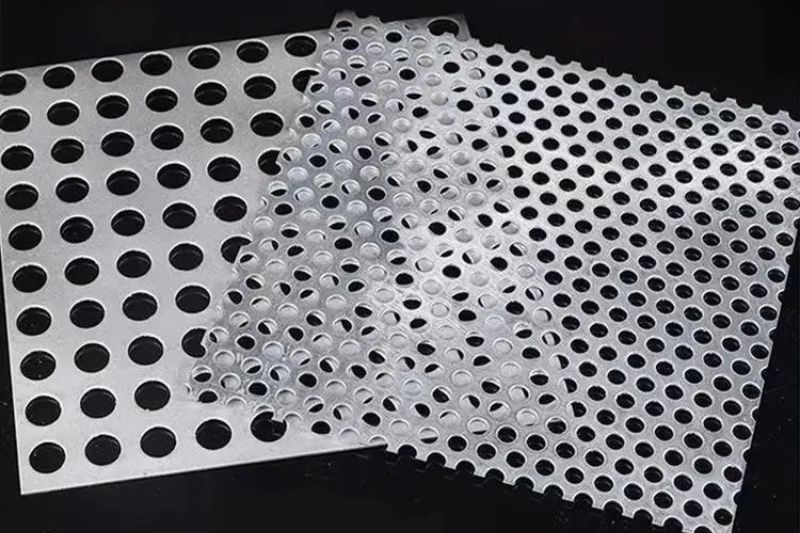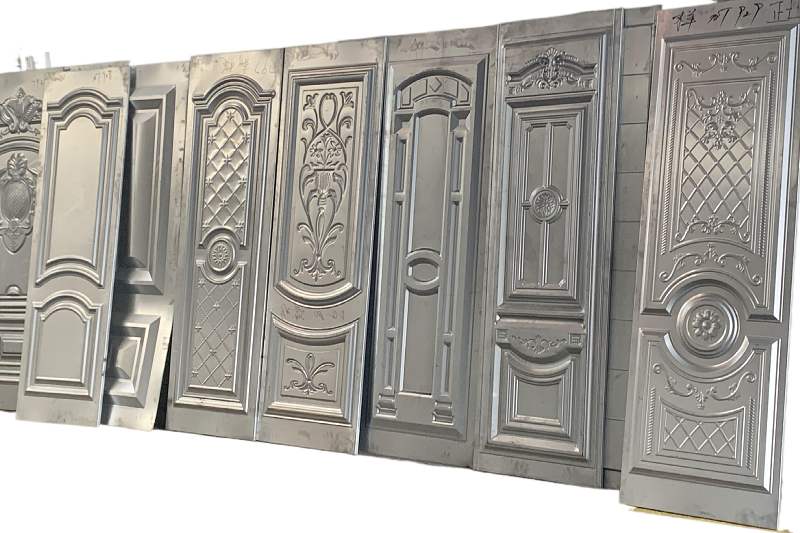To make a perforated steel sheet, follow these organized steps, incorporating material selection, design, fabrication, and finishing processes:
1. Material Selection
-
Type of Steel: Choose based on application (e.g., stainless steel for corrosion resistance, carbon steel for strength, galvanized steel for cost-effectiveness).
-
Thickness: Determines machinery requirements; thicker sheets need higher tonnage presses.
2. Pattern Design
-
Hole Specifications: Decide shape (round, square, slotted), size, and spacing (pitch). Use CAD software for precision.
-
Layout: Staggered or straight rows; consider open area percentage to balance strength and aesthetics.
-
Tooling Design: Create custom dies/punches aligned with the pattern; CNC programming ensures accuracy.
3. Perforation Process
-
Punch Pressing:
-
Use a hydraulic or mechanical press with a die/punch set. Higher tonnage for thicker steel.
-
CNC-controlled feeding ensures consistent pattern alignment.
-
-
Alternative Methods:
-
Laser Cutting: For intricate designs; higher cost but precise.
-
Drilling: Suitable for small batches or large holes.
-
4. Post-Perforation Processing
-
Deburring: Remove sharp edges via grinding, sanding, or tumbling.
-
Stress Relief: Annealing may be needed if punching induces material stress.
-
Cleaning: Degrease to remove oils/dirt before finishing.
5. Finishing
-
Surface Treatment: Apply coatings (powder coating, galvanizing, painting) for corrosion resistance or aesthetics.
-
Heat Treatment: Optional for hardening or improving material properties.
6. Quality Control
-
Inspection: Verify hole dimensions, spacing, and sheet flatness using calipers, optical tools, or laser scanners.
-
Testing: Conduct structural tests (e.g., load-bearing) if required.
7. Cutting to Size
-
Use shearing, laser, or waterjet cutting to achieve final dimensions.
8. Packaging and Shipping
-
Protect sheets with anti-rust coatings/packaging materials to prevent damage during transit.





